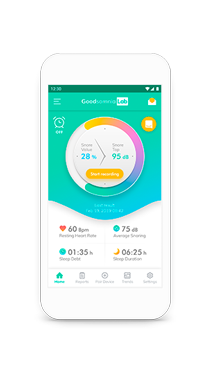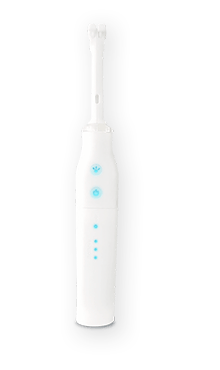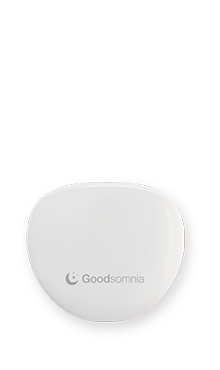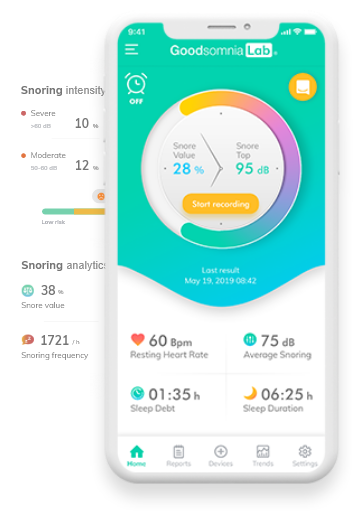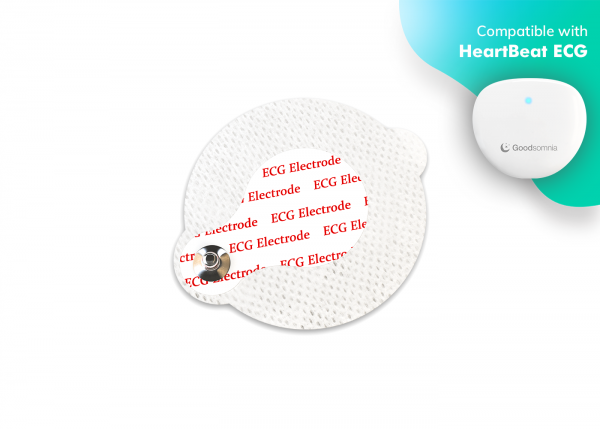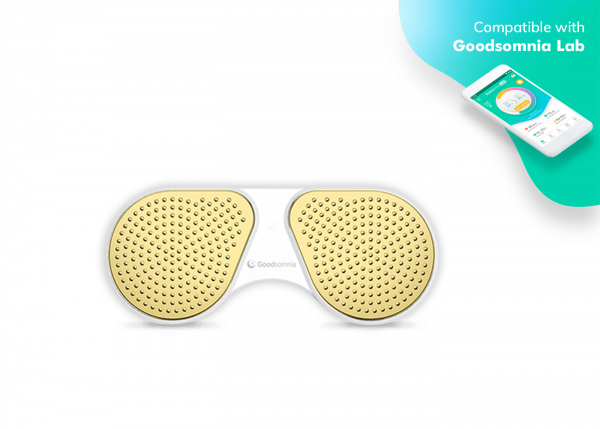You shouldn’t burn your driving license or sell your car after reading this text because the good news is you can drive with sleep apnea, but there’re some things to remember. We’ll reveal the possible risks of driving with OSA, how this disease affects your ability to take the wheel and discuss sleep apnea and driving insurance from a legal point of view.
Sleep apnea and driving risk
Because sleep apnea directly affects your sleep, links to daytime alertness and performance, severe sleep apnea and driving risk are directly connected. According to BMJ estimations, sleepiness is the cause of 20–25% of motorway accidents in the UK. With sleep apnea driving can become risky as you become less focused and alert, and you can’t react quickly – all enough to cause a vehicle accident.
Sleepiness has joined the list of road evils and nowadays driving sleep apnea is considered as dangerous as driving with alcohol or without a seat belt. However, sleep apnea drivers perform differently on the road. Today’s task for all governments is to consider a sleep apnea driving regulation based on the patients it affects.
How can sleep apnea affect your driving?
Generally, OSA affects your body state in three ways:
- Visual reflexes. Ability to notice details and rapidly respond to them is a must for safe driving. The study showed patients with sleep apnea have reduced vigilance caused by lower HR.
- Cognitive system. Fatigue is a consequence of OSA. So obstructive sleep apnea and driving combined will increase the chances of a crash. Cognitive impairment, poor judgement and an inability to evaluate a situation will affect the way you drive.
- When your cognitive system is disturbed by OSA, you can’t control actions as if you had 8 hours of perfect sleep. Mild sleep apnea and driving are complicated because the brain processes the information from the environment slowly, the body responses even slower.
If at least one of these states is compromised, check if you have sleep apnea as your driving licence could be revoked when you drive in the UK. Remember, OSA is a symptom of excessive sleepiness.
How to drive if you have sleep apnea
Since the connection between OSA and driving became so highly discussed, governments have begun to take action. For example, sleep apnea driving carries a maximum fine of £1000 in the UK if you fail to tell the DVLA of the medical condition. There are many sleep apnea driving restrictions the UK government provides and when you drive with sleep apnea, car insurance will be higher due to increased risk. The good news is – even with sleep apnea you can drive but to do it safely, here’re some tips:
- Check for any sleep disorders if you have suspicions
- Assess your HR level, overall feeling, tiredness before you get behind the wheel.
- Take your time and stop if you feel bad during a trip.
- Have some caffeine and 15-20 min nap. It’s considered the best way to postpone your sleepiness at least for a while.
But you shouldn’t ignore sleepiness in any case because it’s not only about your safety, it’s also about the safety of people sitting in your car and others on the roads.

